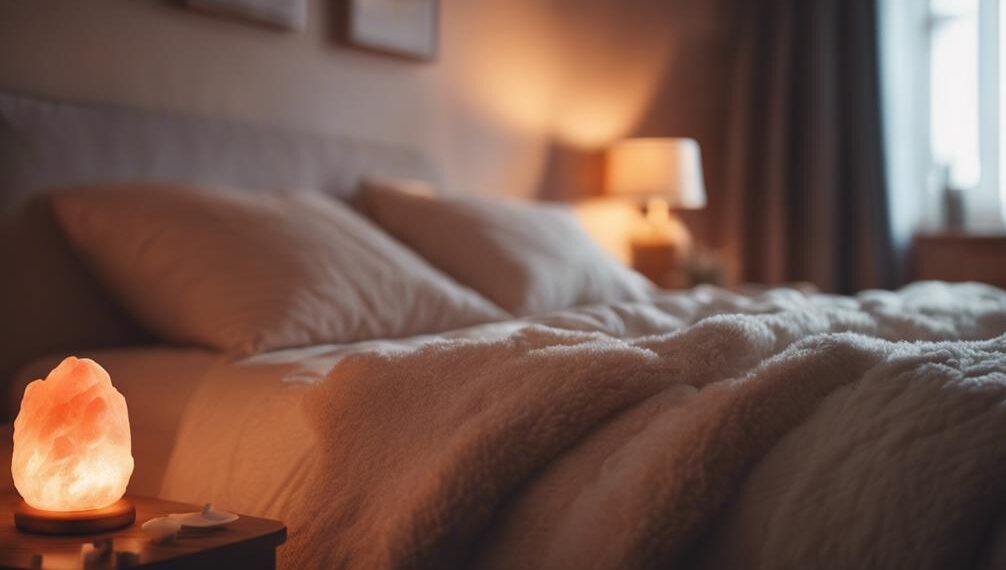When it comes to finding the best lighting solutions for improved sleep, one cannot overlook the crucial role that light plays in regulating our natural sleep-wake cycle.
Many of us are aware of the detrimental effects of blue light exposure before bedtime, but what about the positive impact of tailored lighting solutions on our sleep quality?
By exploring the intricate relationship between light and our circadian rhythm, we may uncover a key to unlocking restful nights and energized mornings.
Key Takeaways
- Use warm, dimmable lights in the evening to promote relaxation and better sleep.
- Implement blue light filters and sunrise simulators for a sleep-friendly environment.
- Opt for circadian rhythm lighting to mimic natural light changes for improved sleep quality.
- Consider light therapy options like bright light exposure to regulate melatonin and enhance mood.
Understanding Circadian Rhythm Lighting
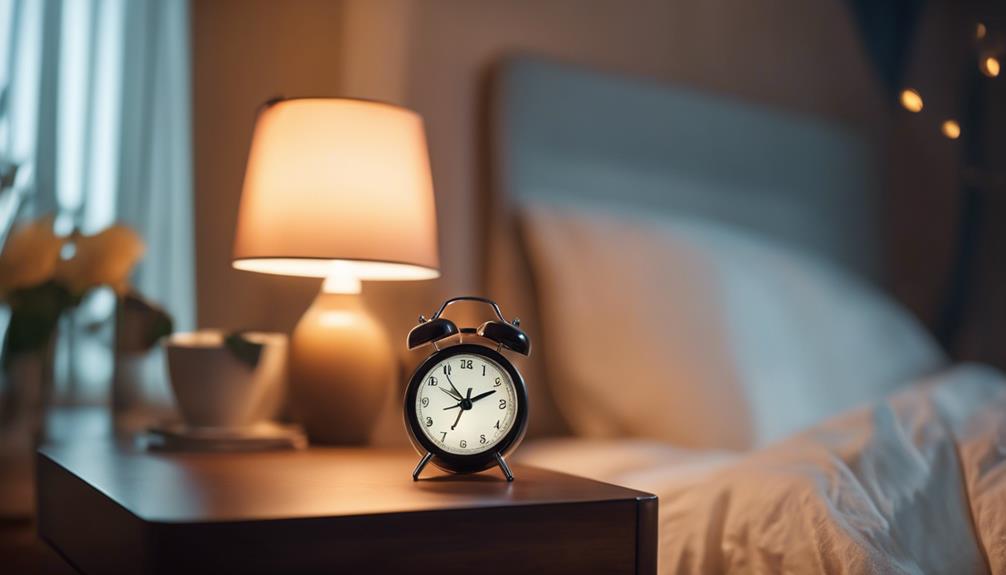
Exploring the impact of circadian rhythm lighting on our sleep patterns can significantly enhance our understanding of how light influences our biological clock. Blue light, commonly emitted by electronic devices and energy-efficient lighting, plays a crucial role in disrupting our natural sleep-wake cycles. Exposure to blue light, especially in the evening, can suppress melatonin production, the hormone responsible for regulating our sleep. This interference can lead to difficulties falling asleep and result in poor sleep quality.
To combat the negative effects of blue light on our melatonin production and sleep patterns, incorporating circadian rhythm lighting into our environment can be immensely beneficial. Circadian lighting systems mimic the natural changes in sunlight throughout the day, promoting the production of melatonin in the evening to prepare our bodies for rest. By adjusting the color temperature and intensity of light based on the time of day, these systems help regulate our circadian rhythm and improve our overall sleep quality.
Understanding how circadian rhythm lighting impacts our melatonin production is crucial in creating an environment that supports healthy sleep patterns and overall well-being.
Benefits of Human Centric Lighting
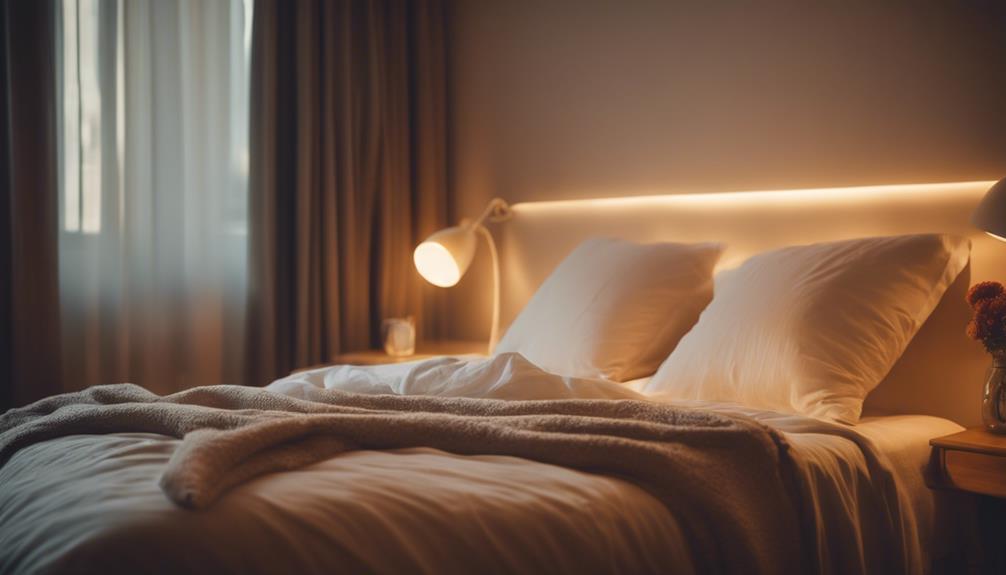
Understanding the impact of circadian rhythm lighting on our sleep patterns can lead us to appreciate the benefits of human centric lighting, which focuses on enhancing our overall well-being through tailored lighting solutions. Human centric lighting takes into account the lighting effects on our biological impacts, recognizing the profound influence light has on our daily lives. By mimicking the natural light changes throughout the day, human centric lighting promotes alertness during the day and supports relaxation in the evening, aligning with our body's internal clock for improved sleep quality.
Research shows that exposure to the right light intensity and color temperature at the appropriate times can positively affect our mood, productivity, and overall health. Human centric lighting not only aids in regulating our circadian rhythms but also enhances our concentration levels and helps manage stress. By creating lighting environments that mirror natural daylight, human centric lighting offers a holistic approach to supporting our well-being and fostering a better sleep experience.
Types of Sleep-Enhancing Light Bulbs
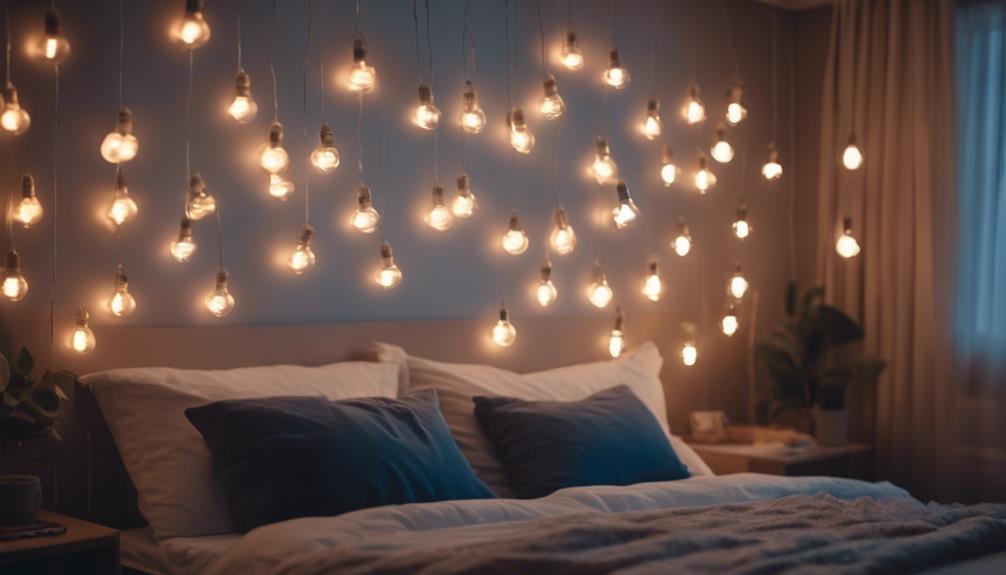
Selecting the right light bulbs designed to enhance sleep quality is crucial for creating a conducive environment for rest and relaxation. When it comes to sleep-enhancing light bulbs, two key features to consider are color temperature and dimmable capability. Color temperature plays a significant role in regulating our circadian rhythm, with warmer hues like soft white (2000K-3000K) promoting relaxation and better sleep. On the other hand, cooler tones like daylight (5000K-6500K) can help increase alertness during the day.
Dimmable light bulbs offer the flexibility to adjust the brightness levels based on your needs. This feature is particularly useful in the evening when preparing for sleep, as lowering the light intensity signals to your body that it's time to wind down. By dimming the lights, you can create a calming atmosphere conducive to a restful night's sleep. When choosing sleep-enhancing light bulbs, opt for those with adjustable color temperatures and dimmable features to create a personalized lighting environment that supports your sleep-wake cycle.
Setting Up a Sleep-Friendly Environment
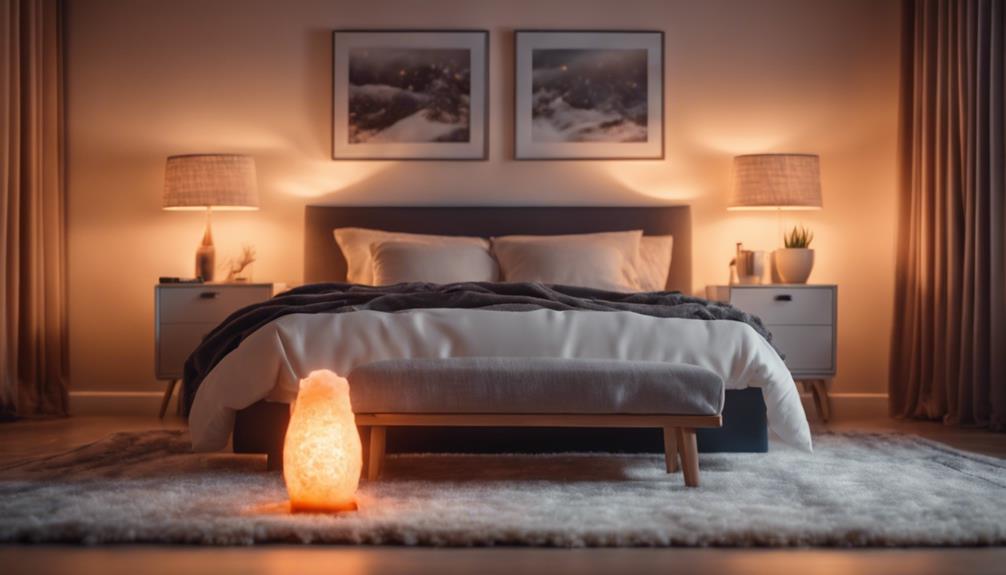
To create an optimal sleep environment, it is essential to consider various factors that can influence the quality of our rest. When it comes to setting up a sleep-friendly environment, incorporating good sleep hygiene practices and optimizing bedroom decor are key. Here are some practical tips to help you enhance your sleep sanctuary:
| Factors to Consider | Tips to Implement |
|---|---|
| Sleep Hygiene | Maintain a consistent sleep schedule. Avoid screens before bedtime. Create a relaxing bedtime routine. Keep your bedroom cool and dark. |
| Bedroom Decor | Choose calming colors like blues and greens. Invest in a comfortable mattress and pillows. Declutter your space for a peaceful atmosphere. Consider blackout curtains or a sleep mask for total darkness. |
| Lighting | Opt for warm, dimmable lights in the evening. Use nightlights with red or amber hues. Minimize bright overhead lighting. Consider installing smart lights for customizable settings. |
Implementing Light Therapy for Better Sleep
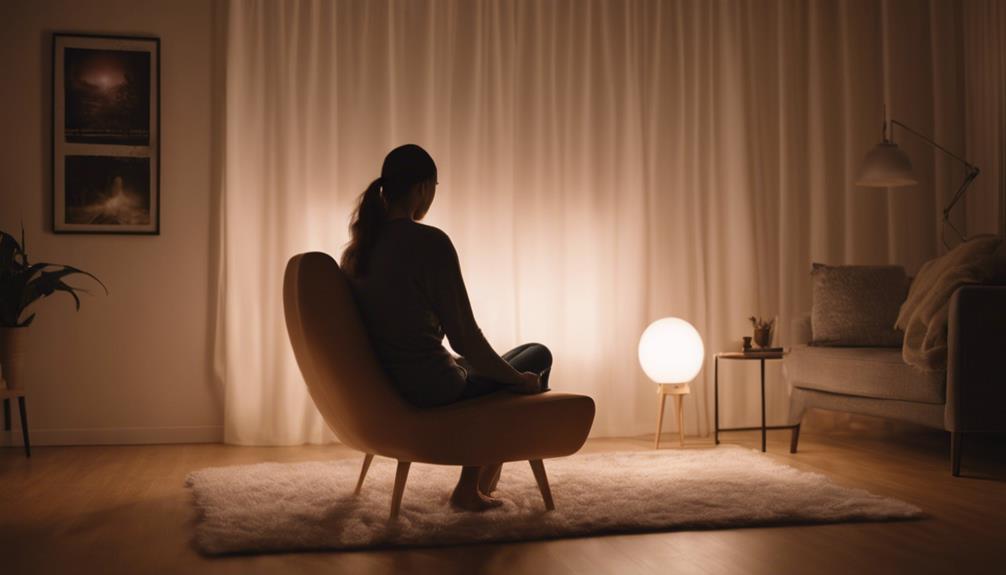
Exploring the benefits of light therapy can significantly enhance your sleep quality and overall well-being. Incorporating light therapy into your daily routine can help regulate your circadian rhythm, making it easier to fall asleep and wake up feeling refreshed.
Here are some practical ways to implement light therapy for better sleep:
- Use Blue Light Filters: Incorporate blue light filters on your electronic devices in the evening to reduce exposure to stimulating light that can interfere with your sleep-wake cycle.
- Try Sunrise Simulators: Consider using sunrise simulators as alarm clocks to gradually wake you up with simulated natural light, helping to synchronize your internal body clock with the external environment.
- Utilize Light Therapy Lamps: Invest in light therapy lamps that mimic natural sunlight to enhance mood and energy levels during the day, ultimately promoting better sleep at night.
- Boost Melatonin Production: Exposure to bright light in the morning and during the day can help regulate melatonin production, promoting a healthy sleep-wake cycle.
Frequently Asked Questions
How Does Blue Light Exposure From Electronic Devices Affect Sleep Quality?
Blue light exposure from electronic devices can negatively impact sleep quality by suppressing melatonin production, disrupting the circadian rhythm.
Screen time before bed can interfere with the sleep-wake cycle, making it harder to fall asleep.
It's crucial to limit exposure to blue light, especially before bedtime, to promote better sleep.
Are There Any Specific Lighting Solutions That Can Help Reduce Stress and Anxiety Before Bedtime?
We've found that incorporating meditation techniques, sleep aids, aromatherapy, and white noise can be beneficial in reducing stress and anxiety before bedtime.
These practices create a calming environment that can help prepare the mind and body for restful sleep.
Can Using Dimmer Switches or Smart Lighting Systems Have a Significant Impact on Improving Sleep Quality?
When it comes to improving sleep quality, our circadian rhythm dances to the tune of light. Dimmer switches and smart lighting systems can indeed be game-changers in creating an optimal sleep environment.
Are There Any Recommended Light Settings for Promoting Relaxation and Winding Down in the Evening?
We've found that establishing a calming environment in the evening is crucial for unwinding and preparing for sleep.
Incorporating a candlelit ambiance with soothing colors can create a tranquil atmosphere. Opting for a soft glow mimicking natural light supports our circadian rhythm, signaling to our bodies that it's time to wind down.
These light settings help promote relaxation and signal to our brains that it's time to prepare for a restful night's sleep.
How Can Individuals With Irregular Sleep Patterns Benefit From Incorporating Lighting Solutions Into Their Daily Routines?
Let me tell you, balancing sleep can be a real puzzle.
But when we talk about sleep hygiene and circadian rhythm, incorporating lighting solutions can truly be a game-changer.
For those of us with irregular sleep patterns, setting up a consistent routine with the right lighting can help our bodies get back on track.
It's all about finding that perfect harmony between light and rest for a more peaceful night's sleep.
How Can the Best Lighting Solutions Improve Circadian Rhythms for Better Sleep?
Human centric lighting and circadian rhythms are closely connected. The best lighting solutions can mimic natural light patterns, regulating sleep-wake cycles. By adjusting light color and intensity throughout the day, human centric lighting can improve overall sleep quality and promote a healthier circadian rhythm.
Conclusion
In conclusion, finding the best lighting solutions for improved sleep can make a significant difference in our overall well-being. By understanding the importance of circadian rhythm lighting and implementing human centric lighting, we can create a sleep-friendly environment that promotes better rest.
So, let's shed some light on our sleep habits and make the necessary changes to brighten our nights and our days. After all, a well-lit path to better sleep is just a switch away.

